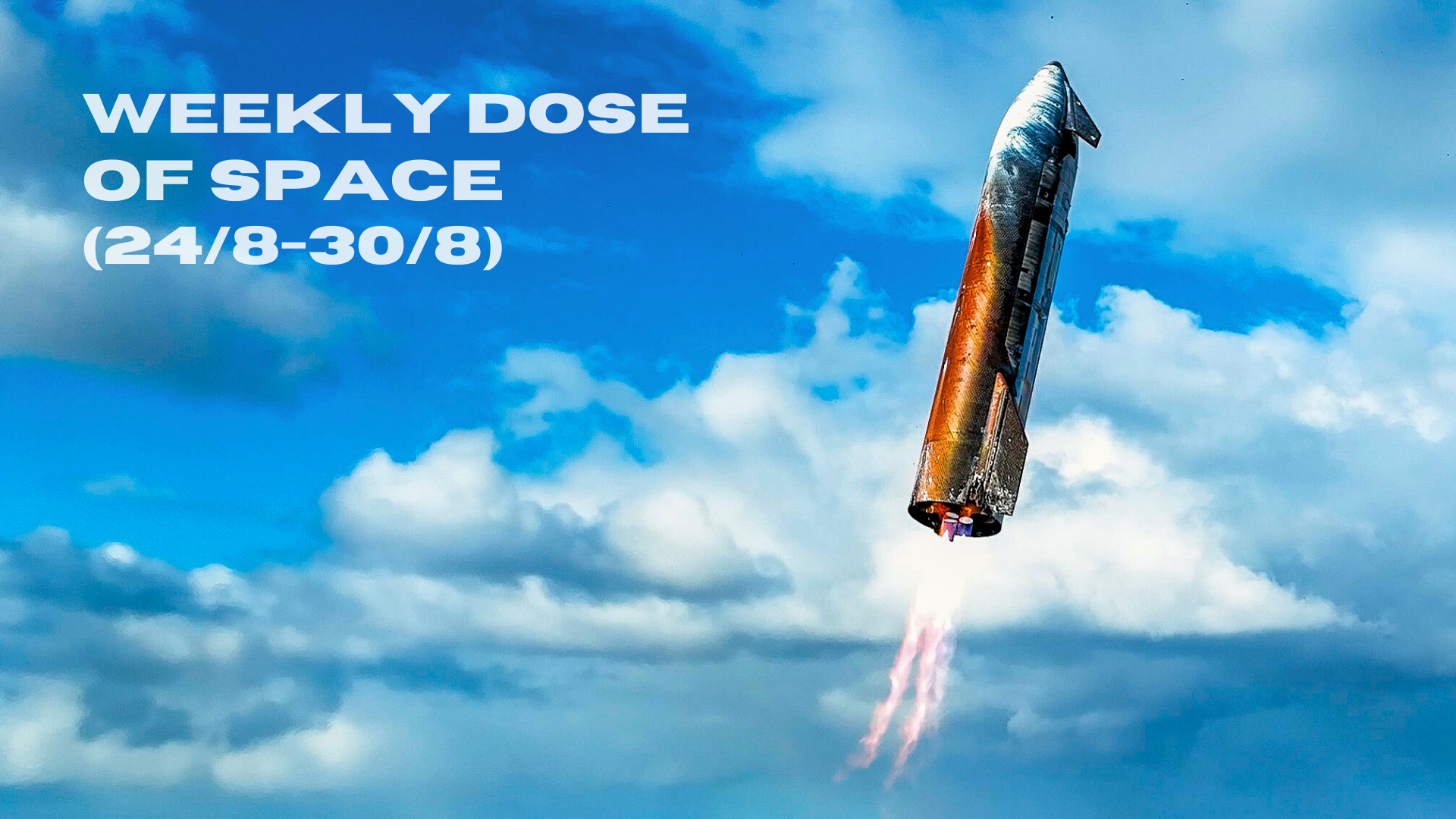Table of Contents
Welcome back to Weekly Dose of Space! This week had seven launches taking place, the majority for low Earth orbit mega-constellations. News from the week has Rocket Lab's newest launch pad opening along with an end to unions at NASA. As always, we'll also look ahead to what the worldwide launch schedule might look like next week.
Launches This Week
August 24th - Falcon 9 with CRS-33
SpaceX launched its thirty-third resupply mission to the International Space Station from Space Launch Complex 40, in Florida, later arriving on August 25th. Flying for the mission is Cargo Dragon C211, for its thrid mission, with launch supported by booster B1090, making its seventh flight, which landed downrange on the drone ship 'A Shortfall Of Gravitas'.
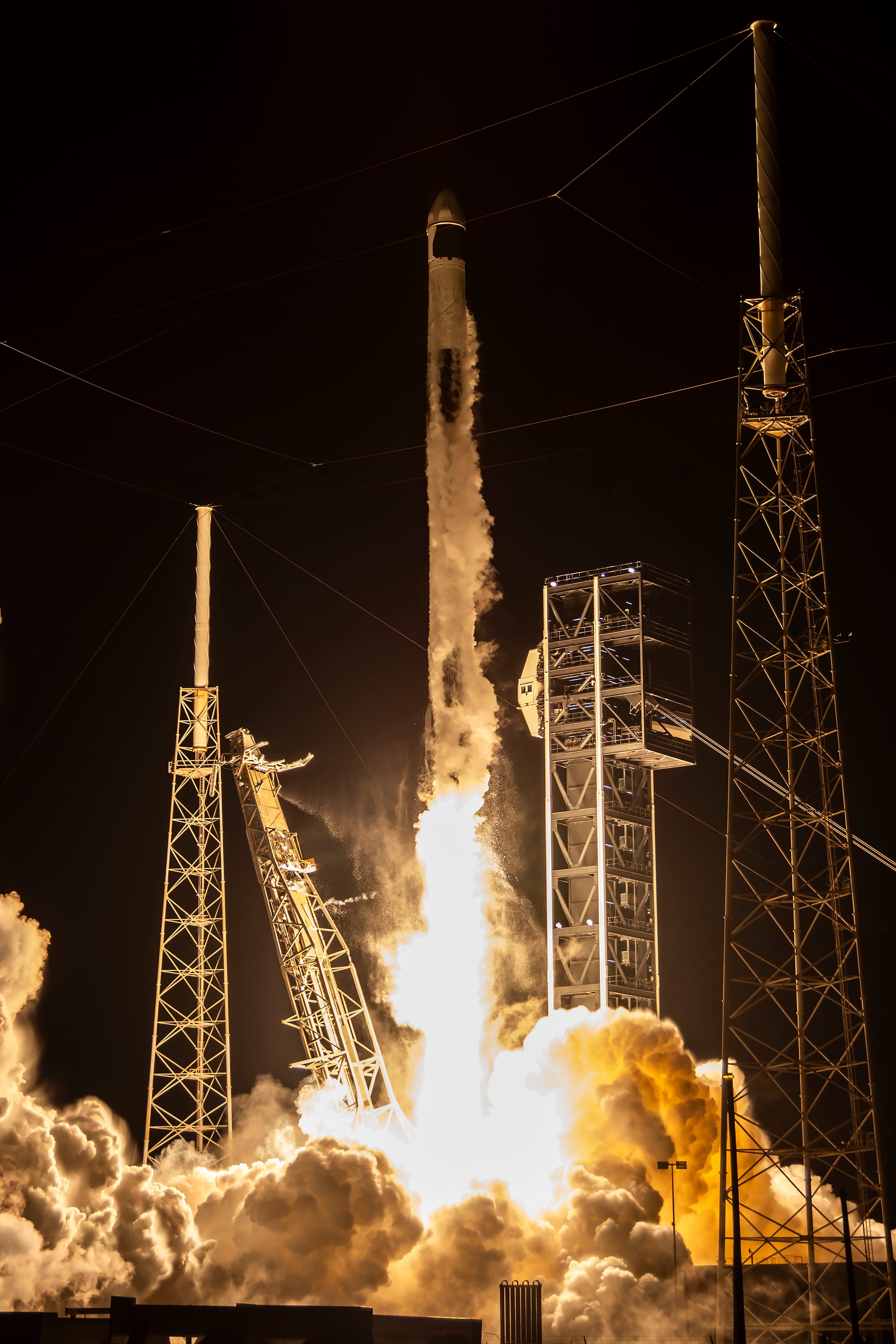
August 25th - Long March 8A with GuoWang Group 10
A Long March 8A lifted off from Commercial Launch Pad 1 at the Wenchang Commercial Space Launch Site, heading for low Earth orbit carrying 9 satellites for the GuoWang internet mega-constellation. With the launch, the constellation has been expanded to 81 satellites.

August 26th - Falcon 9 with eight satellites
Falcon 9 heads to sun-synchronous orbit from Space Launch Complex 4E, in California, carrying Luxembourg's National Advanced Optical System, LEAP-1 from Dhruva Space, two Pelican satellites from Planet Labs, Capella Space's Acadia-6, and three satellites for Pixxel's hyperspectral imaging constellation. Supporting this mission was booster B1063, performing its twenty-seventh flight and landing back a Landing Zone 4.

August 27th - Starship-Super Heavy for its tenth flight test
SpaceX's in-development fully reusable Starship-Super Heavy launch vehicle flew its tenth flight test from Starbase, Texas, utilizing Ship 37 and Super Heavy Booster 16. Both vehicles successfully splashed down after the flight and completed their test objectives.
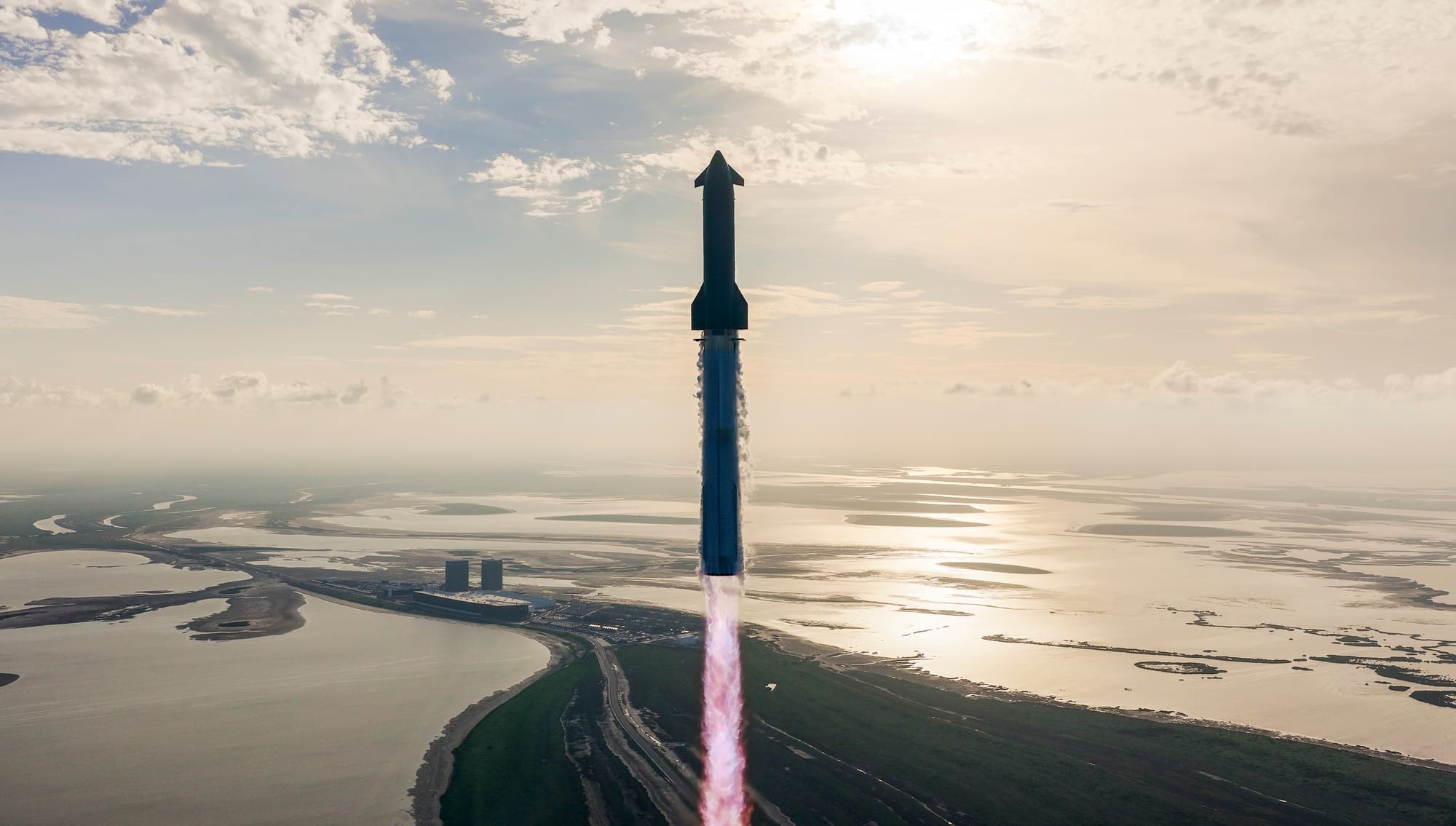
August 27th - Falcon 9 with Starlink Group 10-56
Another Falcon 9 flew from Space Launch Complex 40, carrying twenty-eight Starlink satellites to low Earth orbit. Booster B1095 supported this mission for its second flight, landing on the drone ship 'Just Read The Instructions' downrange.
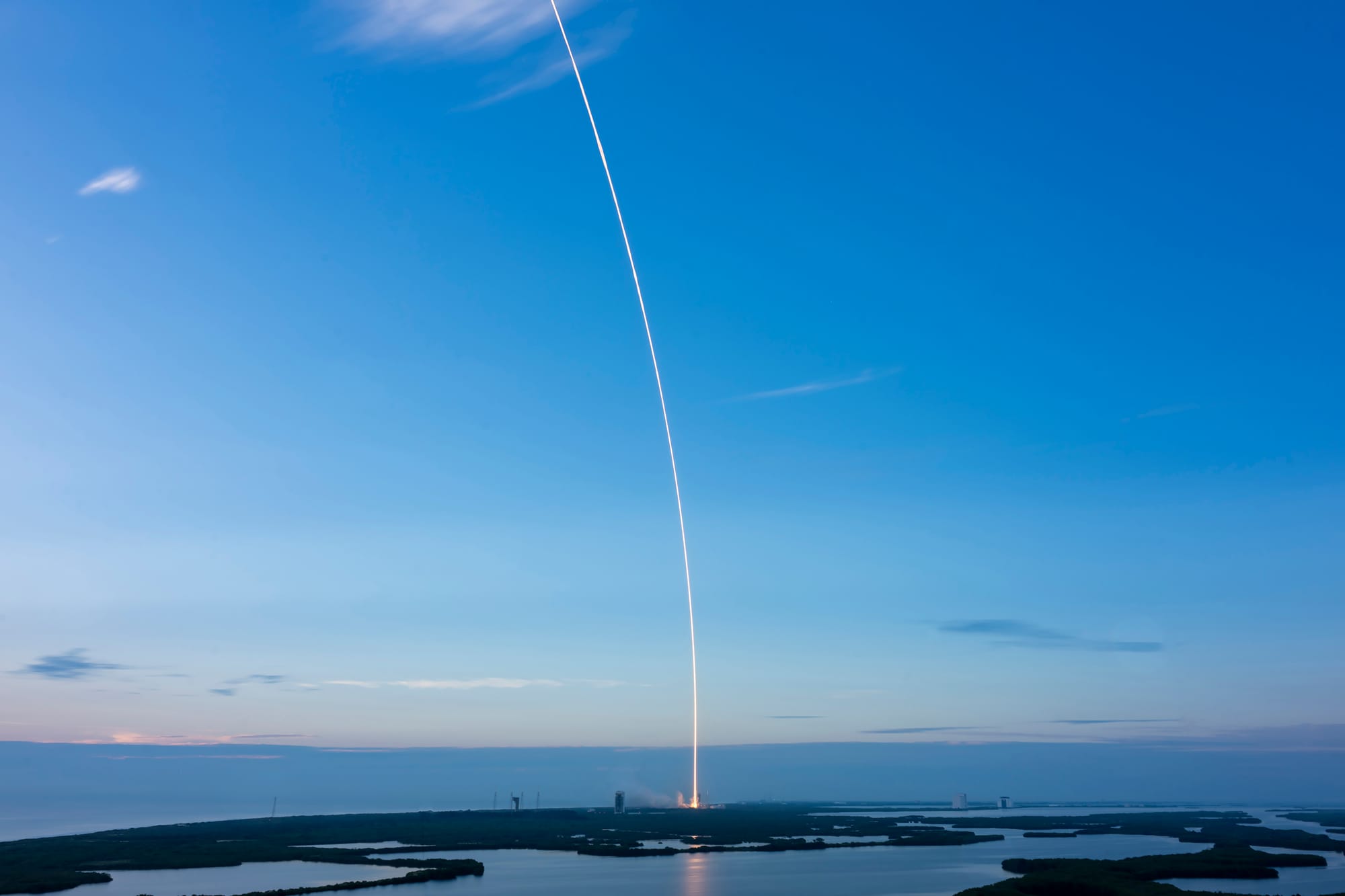
August 28th - Falcon 9 with Starlink Group 10-11
Another twenty-eight Starlink satellites were carried into low Earth orbit via a Falcon 9 flying from Launch Complex 39A. Supporting this mission was booster B1067, flying for a record-setting thirtieth time and landing downrange on the drone ship 'A Shortfall Of Gravitas'.
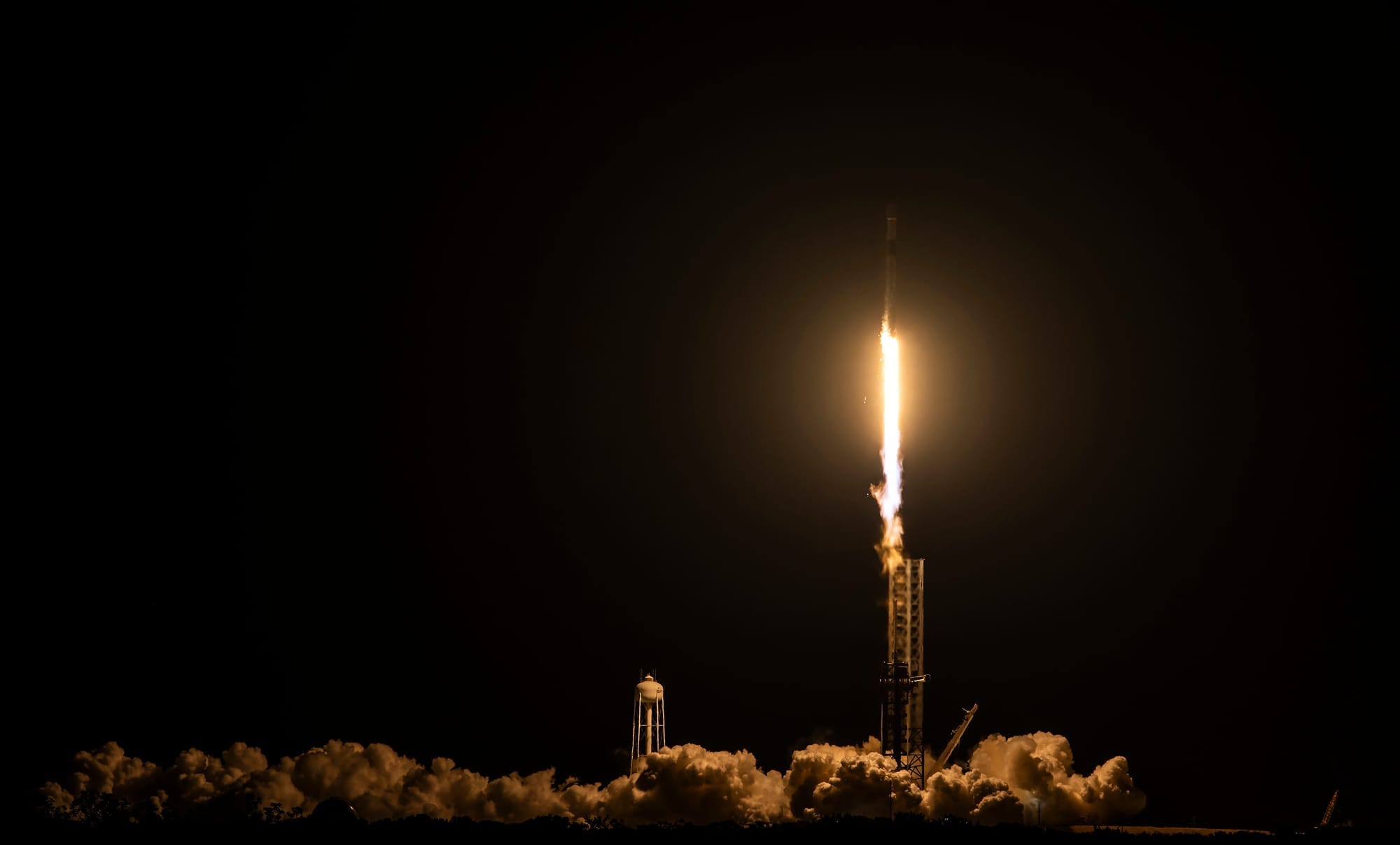
August 30th - Falcon 9 with Starlink Group 17-7
Out of Space Launch Complex 4E, a Falcon 9 carried twenty-four Starlink satellites to low Earth orbit. Booster B1082 supported this mission for its fifteenth flight, landing on the drone ship 'Of Course I Still Love You' downrange.
In Other Space News
Rocket Lab opens Neutron launch pad
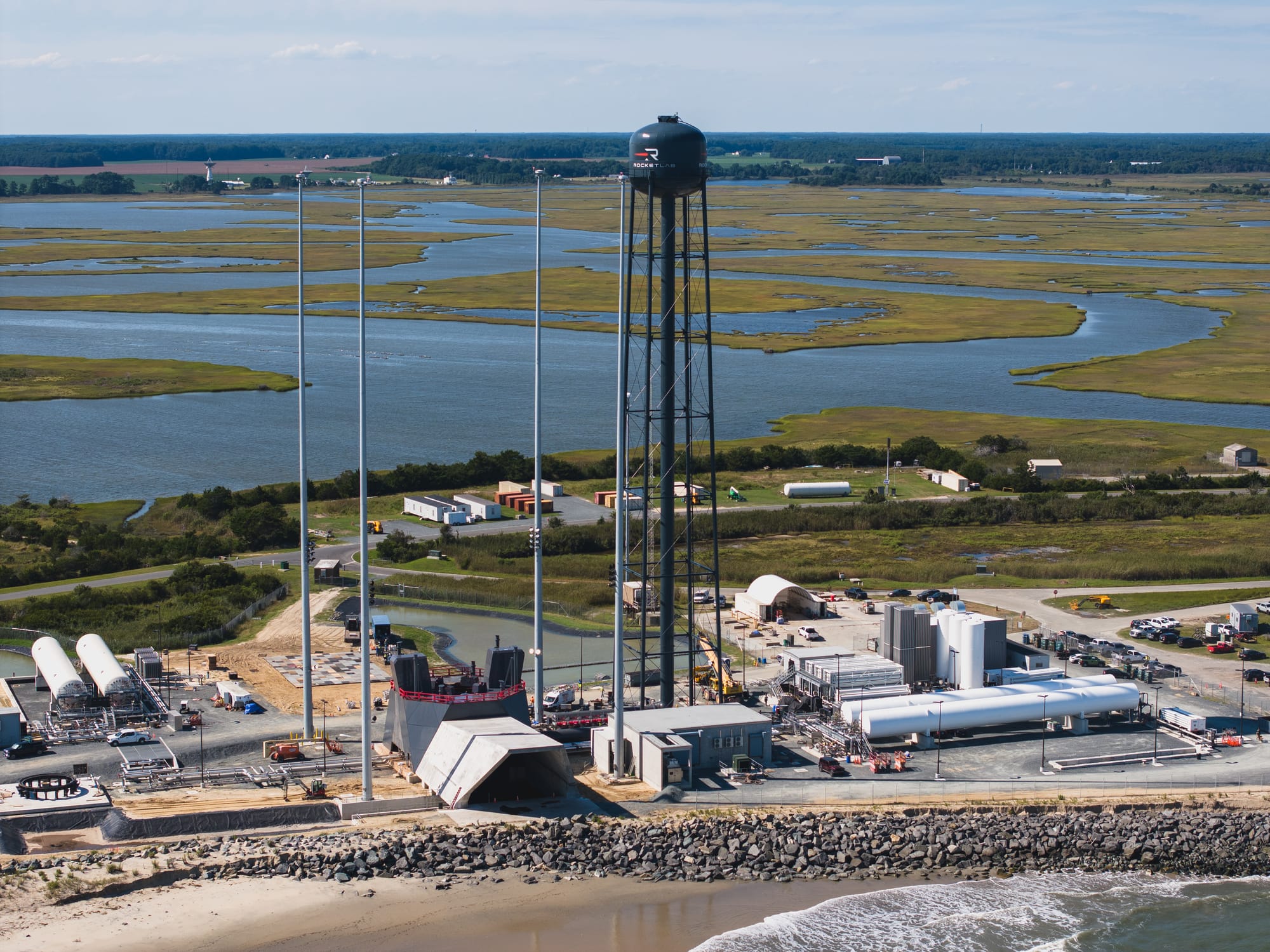
Rocket Lab declared its newest and largest launch pad open on August 28th with a ribbon-cutting ceremony at the Mid-Atlantic Regional Spaceport, in Virginia. The pad, designated Launch Complex 3, will support the company's soon-to-debut partially reusable Neutron rocket.
Peter Beck, Rocket Lab's Chief Executive Officer, was present for the ceremony, taking the opportunity to state:
"Launch Complex 3 is our commitment to providing assured access to space and the launch site diversity that’s needed in the United States for its most important missions. Our Neutron rocket, with its ability for responsive space access as a high cadence reusable launch vehicle, expands Virginia’s aerospace capabilities to enable the United States to quickly and reliably reach the International Space Station and low Earth orbit, as well as explore beyond Earth and on to the Moon and Mars. Together with the Commonwealth of Virginia, [the Virginia Spaceport Authority], and NASA, we’re strengthening the nation’s leadership in space while creating new opportunities for innovation and growth in the state and beyond, and I’m thankful for their continued support of Rocket Lab in Virginia."
Government officials were also invited for the ribbon-cutting, including the Governor of Virginia, Glenn Youngkin, who, as part of a speech, said:
"The opening of Launch Complex 3 at Pad 0-D is not only an engineering achievement, but a bold step forward for Virginia’s growing role in our nation’s commercial space industry. From right here on Virginia’s beautiful Eastern Shore, Neutron will deliver reliable and responsive launch capabilities, supporting national security while creating opportunities for innovation and economic growth. Thank you to Sir Peter Beck and the Rocket Lab team for choosing to invest and grow right here in the Commonwealth."
At present, Neutron is preparing to perform its debut flight later this year, pending regulatory approval, with final qualification tests of the Archimedes engines and first-stage needed, along with a static fire of the stage as well as the second-stage.
White House bans NASA unions
On August 28th, the Trump Administration signed an executive order ending collective bargaining agreements for its employees across the federal workforce, citing national security and intelligence concerns. Agencies affected include the National Weather Service, the National Environmental Satellite, Data, and Information Service, and NASA, as well as others.
According to NASA's own union page (as of August 30th 2025), 53 percent of the space agency's workforce is represented by a union, either the International Federation of Professional and Technical Engineers or the American Federation of Government Employees. Unions at NASA enabled employees to address unfair labor practices and grievances, as well as collectively bargain for improvements in workplace safety and wage increases.
Bloomberg Law reports that the order comes in the wake of a US Supreme Court victory, which allows the administration to eliminate collective bargaining at some agencies, and is another advancement of Trump’s campaign to exert control over the federal workforce, by weakening the career civil service, eliminating barriers between presidential politics and day-to-day governing, and disbanding federal unions.
What to Expect Next Week
August 31st - Falcon 9 with Starlink Group 10-14
A Falcon 9 is planned to fly from Space Launch Complex 40 carrying a batch of Starlink satellites to low Earth orbit.
September 3rd - Falcon 9 with Starlink Group 17-8
Another batch of Starlink satellites are expected to head to low Earth orbit from Space Launch Complex 4E atop of Falcon 9.
September 3rd - Falcon 9 with Starlink Group 10-22
Falcon 9 will fly again from Space Launch Complex 40, heading for low Earth orbit with a batch of Starlink satellites.
September 4th - Falcon 9 with Starlink Group 10-57
Yet more Starlink satellites are planned to be send to low Earth orbit atop of Falcon 9 from Launch Complex 39A.
September 5th - Long March 3C with a to-be-annouced payload
A Long March 3C is said to be preparing to lift off from the Xichang Satellite Launch Center, carrying a currently unannounced payload to geostationary space.

